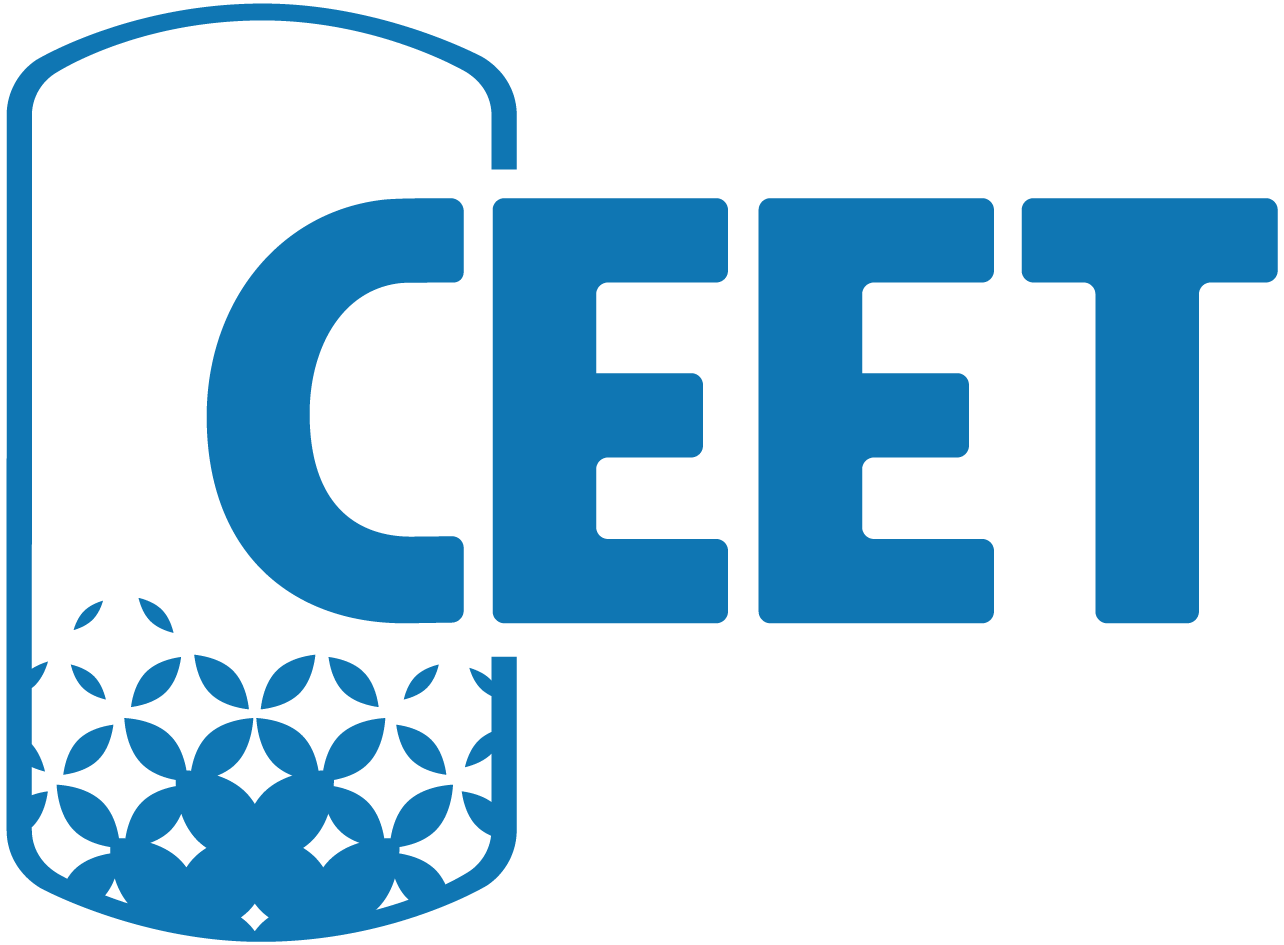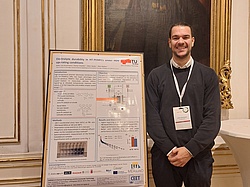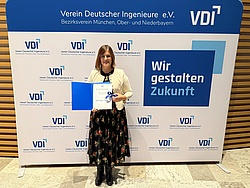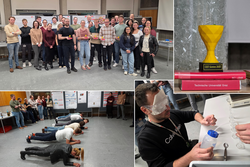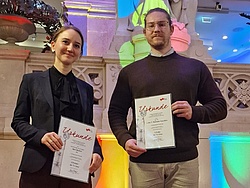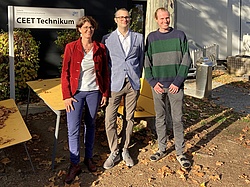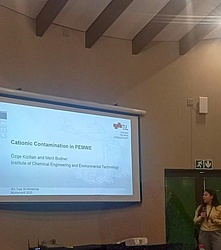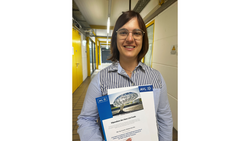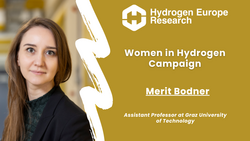News
DECHEMA/VDI Jahrestagung der Fachgruppe "Hochdruckverfahrenstechnik" 25.02. - 27.02.2026
16.12.2025
The DECHEMA/VDI Jahrestagung der Fachgruppe Hochdruckverfahrenstechnik brings together experts from academia, research institutions, and industry to discuss recent developments, current challenges, and future perspectives in the field of high-pressure process engineering.
For further information,…
Read more
CEET at the 20th A3PS Conference on ECO-MOBILITY in Vienna
26.11.2025
On November 13–14, Heiko Hirschmann from the Bodner Group represented CEET at the 20th A3PS Conference on Eco-Mobility in Vienna. This year’s conference, titled “Fostering Competitiveness of the Vehicle Industry – From Research to Application”, brought together leading experts from academia,…
Read more
Dr.techn. Rafaela Greil received the VDI-Award for her PhD thesis
24.11.2025
Dr.techn. Rafaela Greil was awarded the prestigious VDI Prize by the Association of German Engineers (“Verband der Deutschen Ingenieure”) for her dissertation with the title “From Batch to Continuous: Hydrometallurgical Recycling of Lithium and Cobalt from Spent Lithium-Ion Batteries in the…
Read more
CEET Games, Vol. 2
24.11.2025
This year's CEET games brought together researchers for a dynamic day of scientific exchange and teamwork. Throughout the event, various research groups presented their latest work through talks and posters, emphasizing discussions and exchange of ideas across disciplines of chemical engineering.
…
Read more
Recognition as “Inventors of TU Graz”
17.11.2025
As part of the Joint Innovation Ceremony, presented by Graz University of Technology, University of Music and Performing Arts Graz, Medical University of Graz, and University of Graz, researchers were honored for their inventive achievements.
In the presence of Eva-Maria Holzleitner, federal…
Read more
Biorefinery Seminar
17.11.2025
On the 7th of November, Dr. Giorgio Tofani from the National Institute of Chemistry in Ljubljana visited us to foster collaboration in the topic of biorefinery. The fruitful discussion were based on the talks of Giorgio Tofani, Rupert Kargl and Marlene Kienberger. We hope to work on joint research…
Read more
19th IEA AFC Task 30, Electrolysis Workshop in Muldersdrift South Africa
10.11.2025
CEET attends the biannual International Energy Agency Advanced Fuel Cells, Task 30: Electrolysis Workshop in South Africa
Read more
Scholarship of the “Hans List Fond” for Rafaela Greil
03.11.2025
Congrats to Rafaela Greil who received the scholarship of the “Hans List Fond” in the category PhD thesis.
Read more
Women in Hydrogen Campaign
27.10.2025
Merit Bodner was invited to contribute to the “Women in Hydrogen” campaign by Hydrogen Europe Research. In her interview, she shared what motivates her, what shaped her path and her advice for young (and especially female) researchers. The campaign celebrates and highlights women working in the…
Read more
I Spy Science educational video
27.10.2025
In the I Spy Science video with the title “Was ist eine Brennstoffzelle?” Merit Bodner explains the basic principles of fuel cells, their challenges and potential. I Spy Science is produced by TU Graz and aims at increasing the visibility of the research and work at Graz University of Technology.
…
Read more
